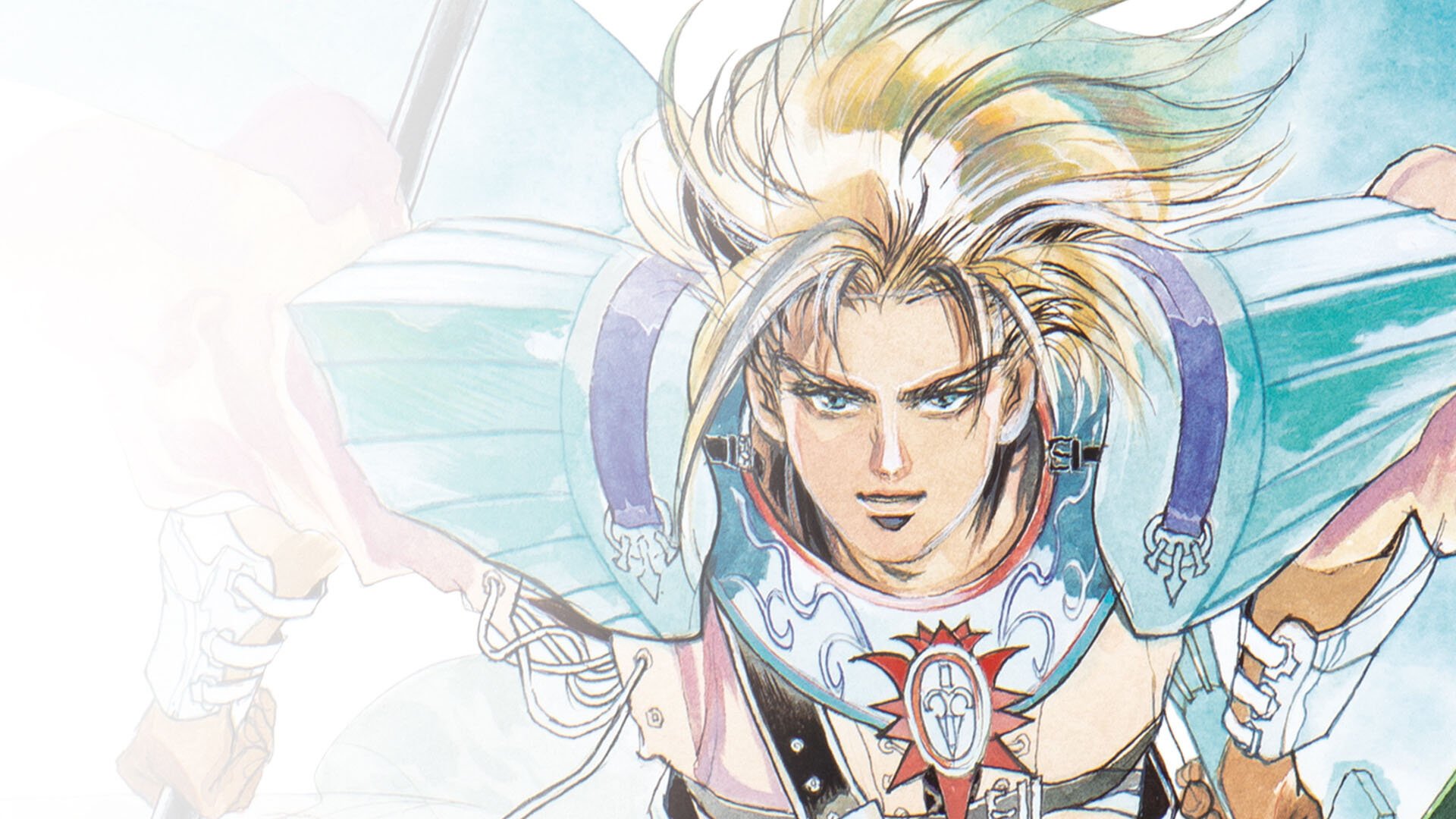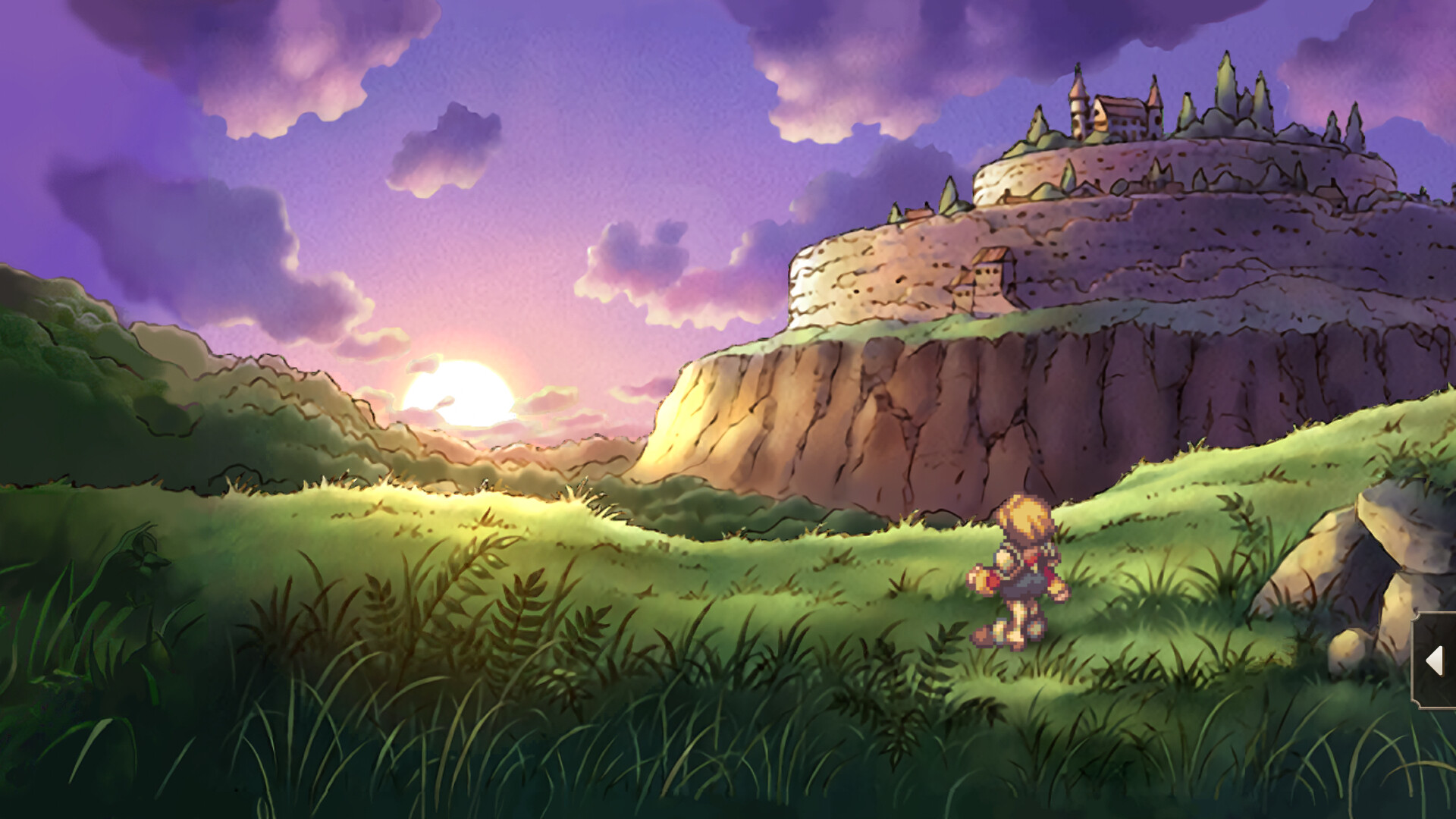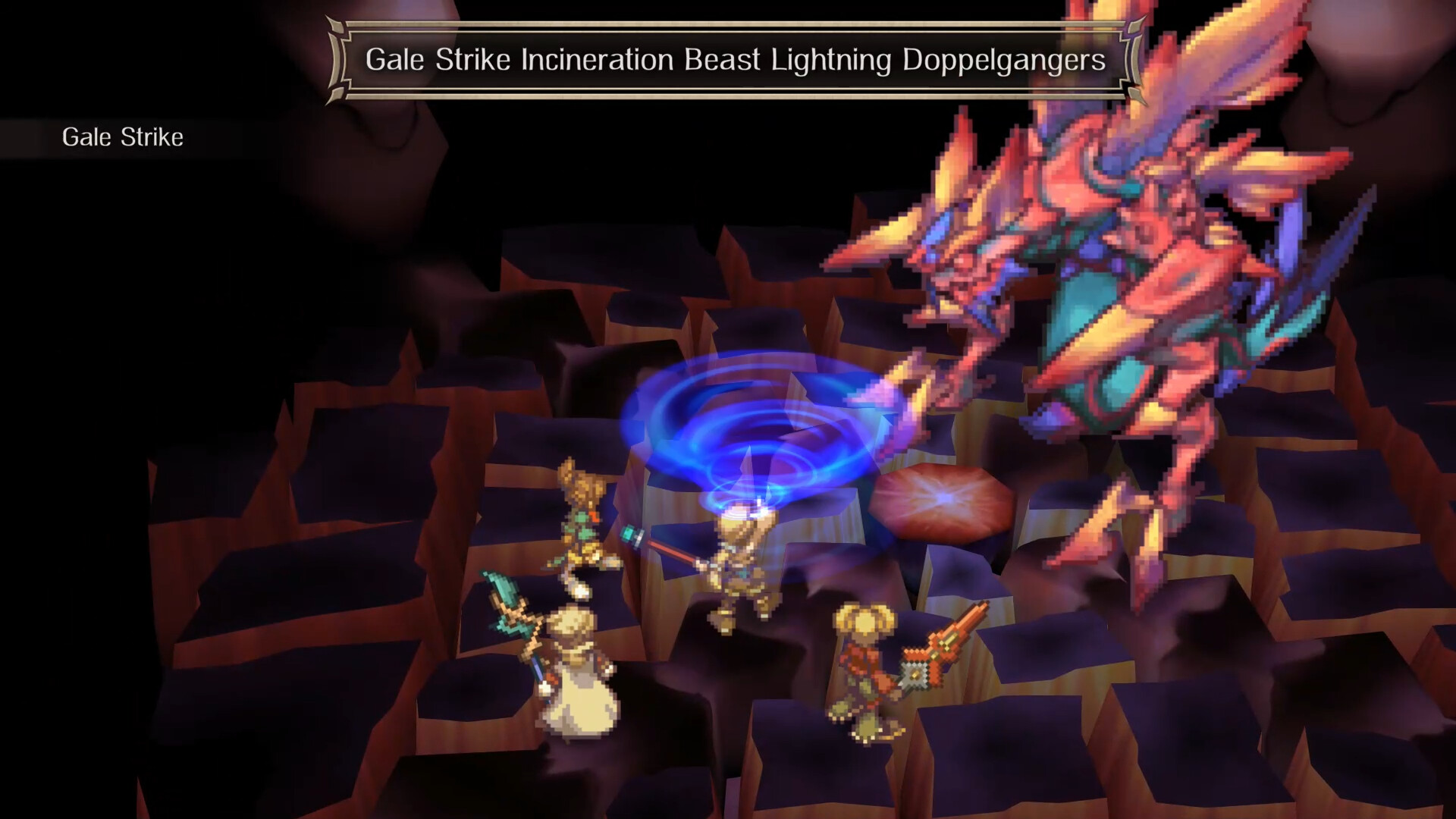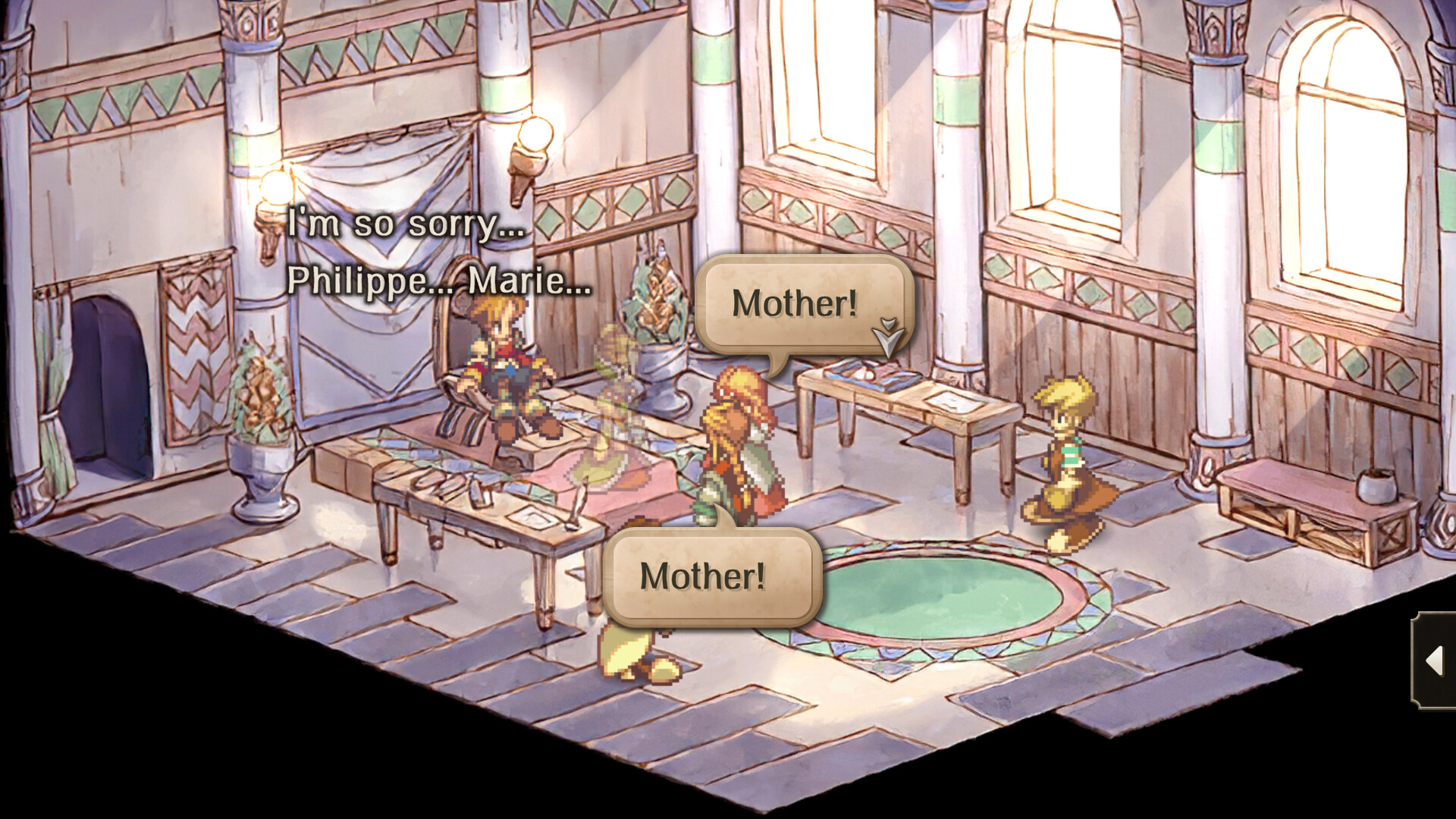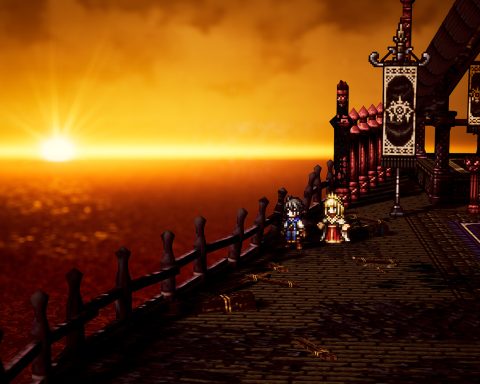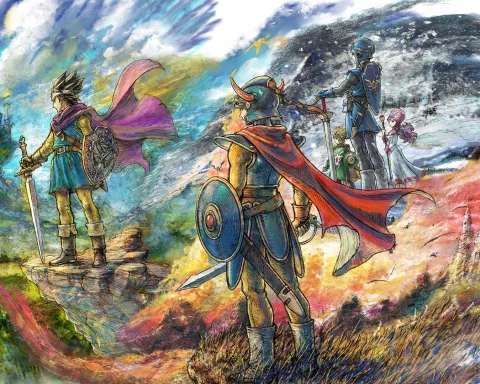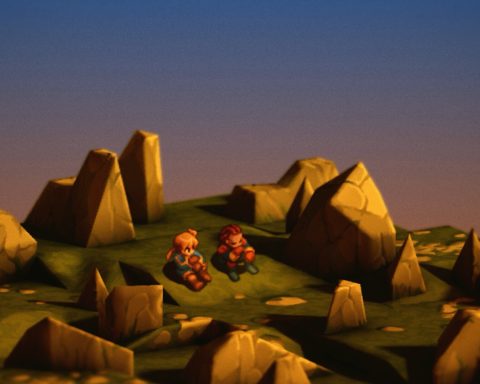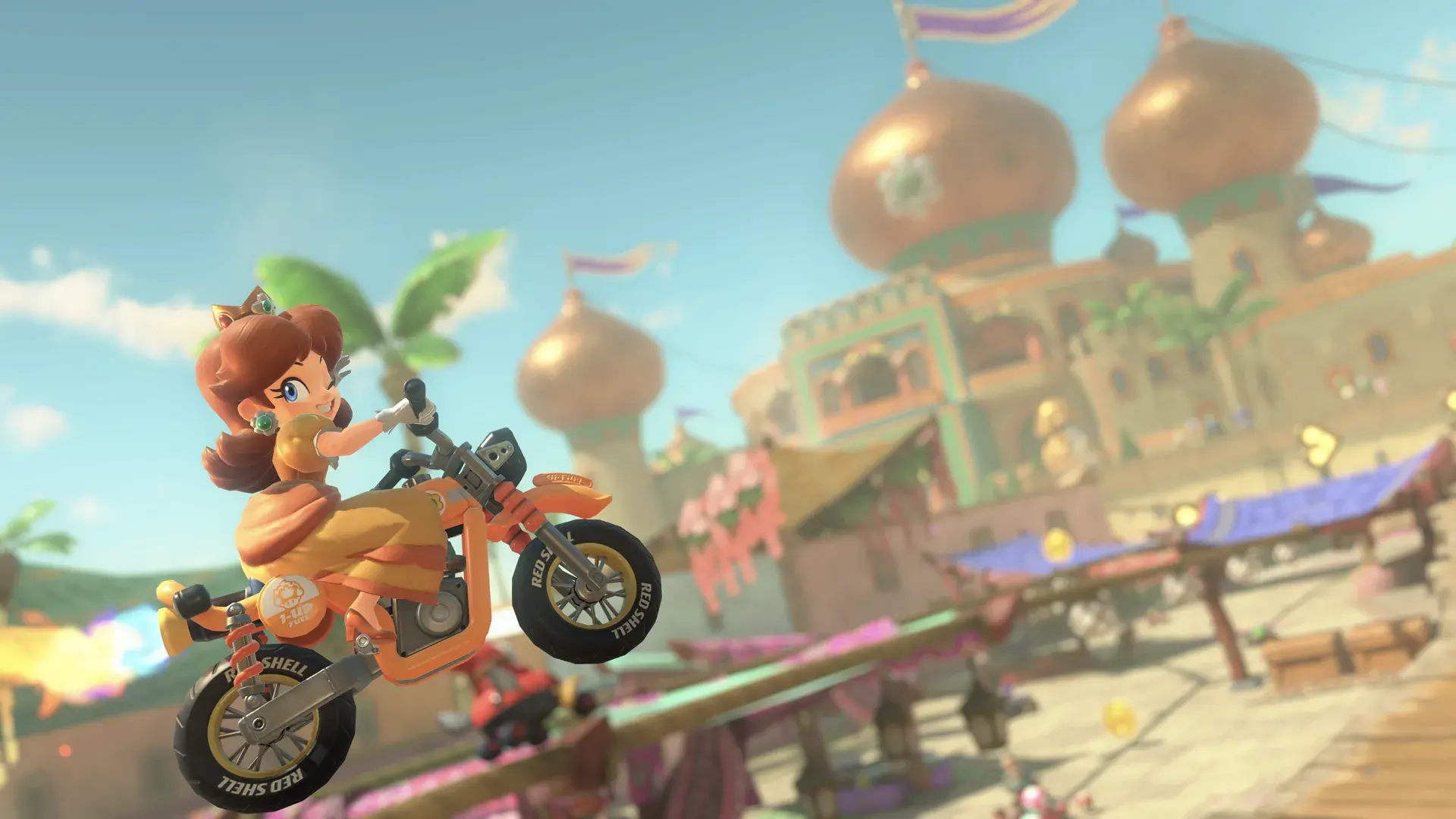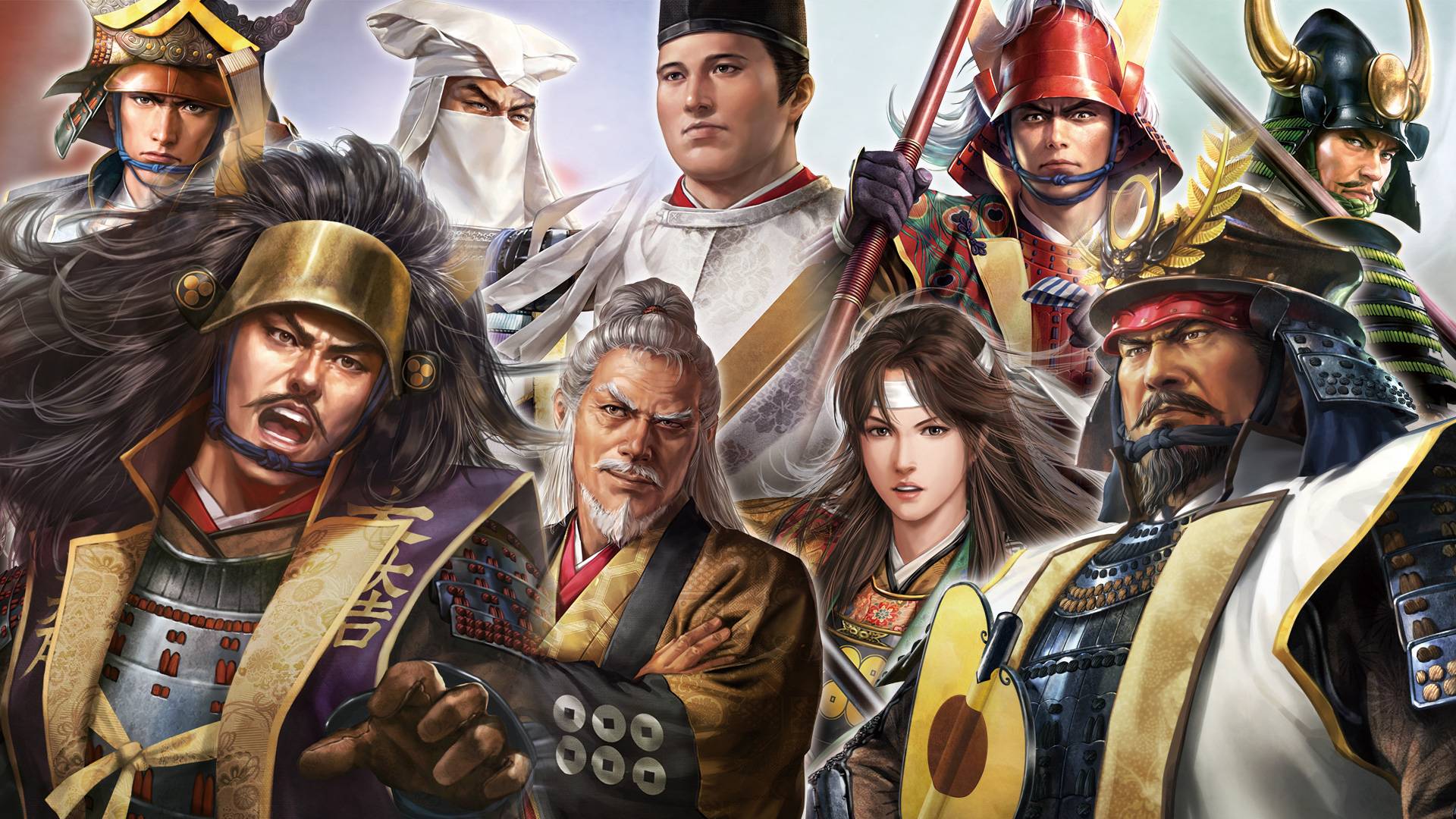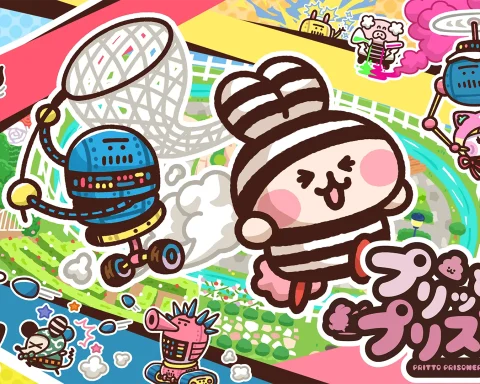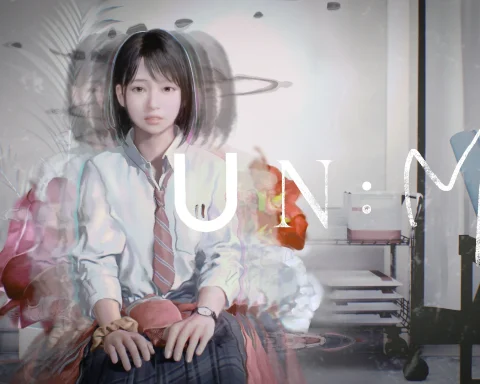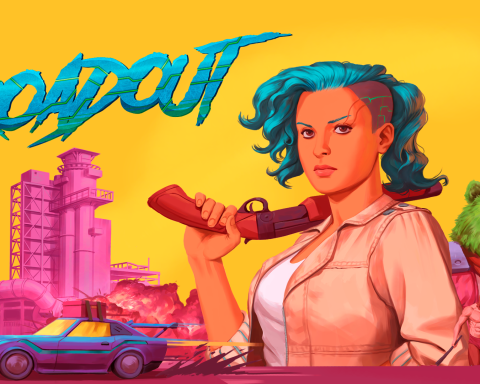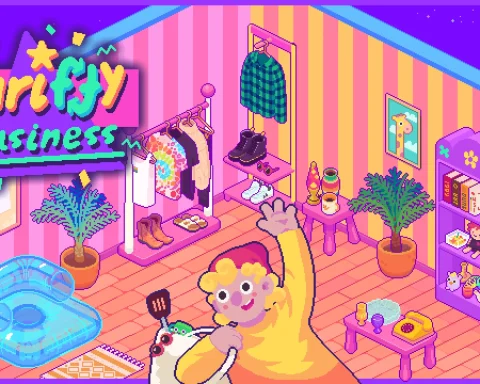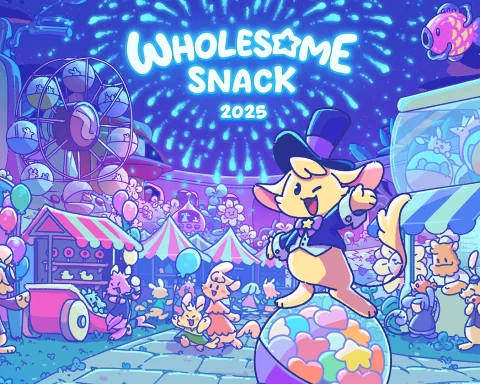Earlier this year Square Enix released a remaster of SaGa Frontier 2 (read our review here). It is one of the better entries in that marvellous B-side JRPG properties that the publisher owns, and the remaster more than did the game justice.
Indeed it’s such a lovely, artful game that if you’ve got a shiny new Switch 2, you could do far worse than grab a copy of this to enjoy on that lovely LCD screen (it’s also on other platforms, of course, but the Switch 2 is the hot new toy right now).
We had the opportunity to chat with two of the people behind the remaster: Hiroyuki Miura (Producer) & Naofumi Ueno (Director). The interview ended up going far deeper than I expected, with plenty of insights here that will hopefully help you appreciate this niche gem that little bit more.
SaGa Frontier 2 is known for intertwining two narrative arcs, each with its own tone and themes. What do you think is most compelling about this structure and approach?
Naofumi Ueno: I think that the biggest draw from this kind of narrative structure is the way that it gives a feeling of catharsis at the very end, when what initially appeared to be completely separate and unrelated stories finally come together as one tale.
In particular, the two protagonists of the game, Gustave and Wil Knights, do not interact with each other directly, but their stories intertwine over generations as the narrative unfolds. I think that the feeling of elation that you get when you come to realise where that interaction happens is something very unique to this game and cannot really be found anywhere else.
Do you think modern players will be more comfortable with this kind of non-linear and episodic approach to storytelling? Back in the day, it would have been seen as quite boundary-pushing. Do you think people will still see Frontier 2 as “innovative” in storytelling today?
Naofumi Ueno: I do think that what we call the “History Choice” system in this game which lets the player experience excerpts from various events along the story’s timeline still comes across as quite revolutionary, even today.
There may be other games that use a similar narrative approach, but at the very least I have never heard of any other title that takes key episodes from around 100 years of history and explores them in the level of depth and detail that SaGa Frontier 2 does.
The game’s story explores timeless themes – legacy, identity, and the clash between tradition and change – through its characters and world. How do you feel these themes resonate with a contemporary audience playing SaGa Frontier 2 Remastered? In revisiting the narrative after more than two decades, do you think people will find new angles or relevance in these story elements? If so, how do you think a modern audience might “read” the game that is different today?
Hiroyuki Miura: The way that players respond to this game varies greatly between people, so I can’t account for everyone, but it does contain a wealth of iconic dialogue and I think that many people who have invested deeply in the story will find specific lines which resonate with them in their own daily lives and might become a kind of moral lesson or philosophical precept that they want to take to heart.
If people who were fans of the original game play the remaster, then obviously over 20 years have passed since then, so the stage they are at in their lives will have changed as well. They might have started working or perhaps now have a family. The paths that those people have taken in life will also change how they read and interpret the game, so everyone’s take on it will be different.
Naofumi Ueno: You mentioned how the themes of the story are somewhat timeless and universal, and in that sense, I do not think that there will be a difference in how it is received by different generations of players just because of the changing times.
However, I did notice a difference in how I saw some episodes when I played through the story again because of changes on a personal level. For example, I was quite young when I first played SaGa Frontier 2, and I very much empathised with Gustave in the scene where he is being taught by his mother Sophie and took on what she said as a lesson for myself. However, when I play it now as an adult, I look at the same scene from the perspective of a parent, so I now view it more in terms of a message to pass on to the next generation and of what I can leave for my son as a parent.
As it is set in a fantasy world, I do not think that the appeal of this story will dim, whatever era it is experienced in, and because the story focuses on legacy, with a big theme being what can be passed on to later generations, I feel that anyone can find things that resonate with them in it, even if the specific way those are interpreted will vary from person to person.
SaGa Frontier 2’s distinctive watercolour art style is one of its most defining features. What were the challenges of updating those hand-painted backgrounds and sprites for the remaster? Could you share how the development team ensured that the enhanced visuals remain authentic to the original artwork while meeting the requirements and specs of modern hardware?
Hiroyuki Miura: For the backgrounds, our goal was to convert everything into high resolution in a way that kept them feeling close to the original watercolour style. Accordingly, the development team engaged in a process of trial and error to make sure that we could reproduce the original images as faithfully as possible. In actual fact, we aimed to make it so that it felt as if the new graphics could have existed since the time of the original release, including asking the original artist from that game to draw up new illustrations to use.
For the characters, the original pixel sprites sit very well with the new backdrops and were already very highly polished themselves, so the high-resolution conversion to expand them did not really involve changing the sprites.
The visual presentation of SaGa Frontier 2 often feels like a living storybook thanks to those watercolour backgrounds and artistic direction. In your view, how does this painterly aesthetic enhance the storytelling and emotional tone of the game?
Naofumi Ueno: I think that the watercolour style backdrops, and the soft and gentle soundtrack work together extremely well and just the visuals and sound alone have the power to transport you into the game’s world instantaneously.
Because the story is told within this solidly realised setting, I believe that makes it something timeless that can be enjoyed across generations. I also think that the stylised proportions of the characters are very effective.
This game has numerous story scenes which depict characters in some very complicated mental states, so if we were to try and depict those with more realistic character models, we would need to create some very fine and detailed depictions, such as character’s facial expressions. Going down that route has its own dangers though, and the character performances could wind up looking rather forced and cheesy.
By using stylised, “super-deformed” characters, we could stimulate players imaginations and communicate nuances in a variety of subtle ways, such as with the length of pauses before text is shown or with how frames are split in the character animations and thus create an overall effect that deeply resonates with players more than a realistic presentation might.
In remastering a beloved classic, there’s a careful balance between modern enhancements and respecting the original vision. What guiding principles did you follow to modernise SaGa Frontier 2 without diluting its original artistic identity?
Hiroyuki Miura: I felt that it was important not to change the story or the setting at all and to re-do the gameplay systems in a way that kept the core of the original but aligned it with modern sensibilities. It was vital to improve on places where playing the original could feel stressful and to add new tweaks, such as the convenience features.
The remaster introduces some new story elements to the game. What was your creative vision behind adding these new narrative scenes? How did you ensure these additions blend seamlessly, and in what way do you think they enrichen the existing narrative.
Naofumi Ueno: Just speaking from my own experience, I was not really able to grasp all of the relationships between the characters on my first play through when the original was released. I still thought that the story was amazing though.
However, I was even more impressed at how good it was during the second play through, after supplementing my understanding from a strategy guide, and it had an even greater impact the second time around.
Having said that, I feel that gamers have so many new releases competing for their attention in recent years, and in that environment, there will not be many who spend the time doing multiple in-depth replays. I wanted to make it so that more players could understand all the interconnected relationships and get that catharsis on the first run-through instead.
It would be pointless to do that by adding in something new that did not fit with the tone of the original storyline though, so we took great care in making all the additions and inserting them in a way that meant newcomers would not be able to tell what was there from the earlier version and what had been added later.
We chose to pick up and match all the distinctive elements from the original, such as the visual style, the sound, the style of the narration, how dialogue is used, the character animations and everything else. We used modern technology but used it to reproduce the creative methodology from the original development.
SaGa Frontier 2 is a title that has had a strong fanbase following for a long time now, so this was a great opportunity for a remaster, and we very much wanted the original generation of fans to be a part of it and enjoy it as well.
There was a wave of voices on social media asking to know more about the events in the gaps between the historical moments shown in the original game and we filled those out with new event sections, which I feel has succeeded in making the story experience even deeper.
Both of you have worked on previous SaGa remasters. In what ways did those experiences influence your approach to SaGa Frontier 2 Remastered, and in general what are your feelings about where this game belongs in the overall series?
Hiroyuki Miura: We approached SaGa Frontier 2 as a culmination of all the development knowhow that we have acquired from the recent remasters that we have worked on and also took all the feedback we have received from fans who played those games account.
The positioning of the original game within the SaGa franchise was actually quite a challenge in some ways, as it deliberately chose to go with an analogue, watercolour-inspired visual style at a time when PS1-era game graphics were largely transitioning to 3D. 3D graphics evolve rapidly with the times, but these watercolour style visuals are much more timeless, and personally I still feel they hold up, looking fresh and original even now. On the other hand, this was one of the more story-focused games in the franchise and created the History Choice system among other innovations. I think it is a very distinctive title which stands out from others in the franchise in a number of ways, from the graphics to the story-focused game system design.
Naofumi Ueno: The fans gave a warm reception to all the previous remasters that we have done and that has helped to build our confidence.
I think that our team has amassed up a fair bit of knowledge about what things make fans happy in a remaster and what things would disappoint them too.
I think that our level of experience had a positive effect on setting the direction for this project, keeping the good ideas from those past games and making improvements on the areas that weren’t so good.
Remastering a game can be seen as a form of art restoration. So, for my final question I’d like to get your thoughts on the process of remasters and remakes in general: Beyond the obvious commercial value of revisiting old games, and the value in giving younger players the chance to experience it for the first time, are there any creative and artistic reasons that it’s important to preserve games like this?
Hiroyuki Miura: Movements trying to preserve past works for the modern era have become more proactive in the games industry of late too. As you cannot play a game if you do not have the hardware environment to run it on, I think that it is important to make these older games playable on current platforms. I would like to be able to continue releasing these kinds of older games, reducing the barriers that make accessing them difficult. I want to make it so people can just pick them up easily if they had enjoyed that game before and wanted to play it again, or if they want to share it with someone else for example. For a creator, you can also learn so much from looking at older titles, so I think that preservation is important from the creative side as well.
Naofumi Ueno: I think that modern games might sometimes have become too large in scale, which can unfortunately blur the message they are trying to communicate. In that sense, obviously the quality level has increased, but at the same time what people get from a game or how they interpret what it is saying can be diluted.
When I first encountered SaGa Frontier 2, it had such an impact on me that you could probably say it changed my outlook on life.
I want to provide younger players with that same kind of impactful experience too, and as part of that, it is a good thing to allow younger generations of players to play these kinds of older titles, where the various limitations are what make the message, they are conveying so powerful.
In that sense, I do feel that making it possible to play older games again in the modern era via remakes and remasters is an important thing for gaming culture.
